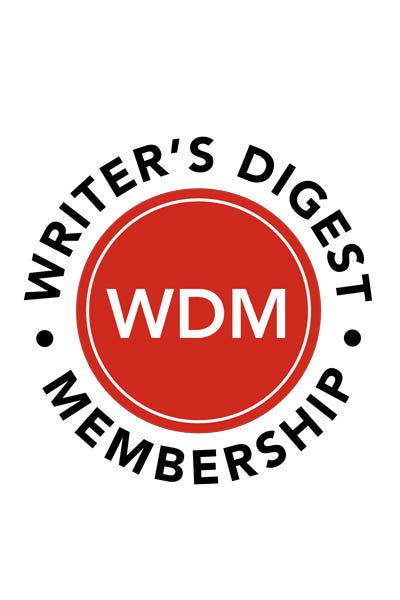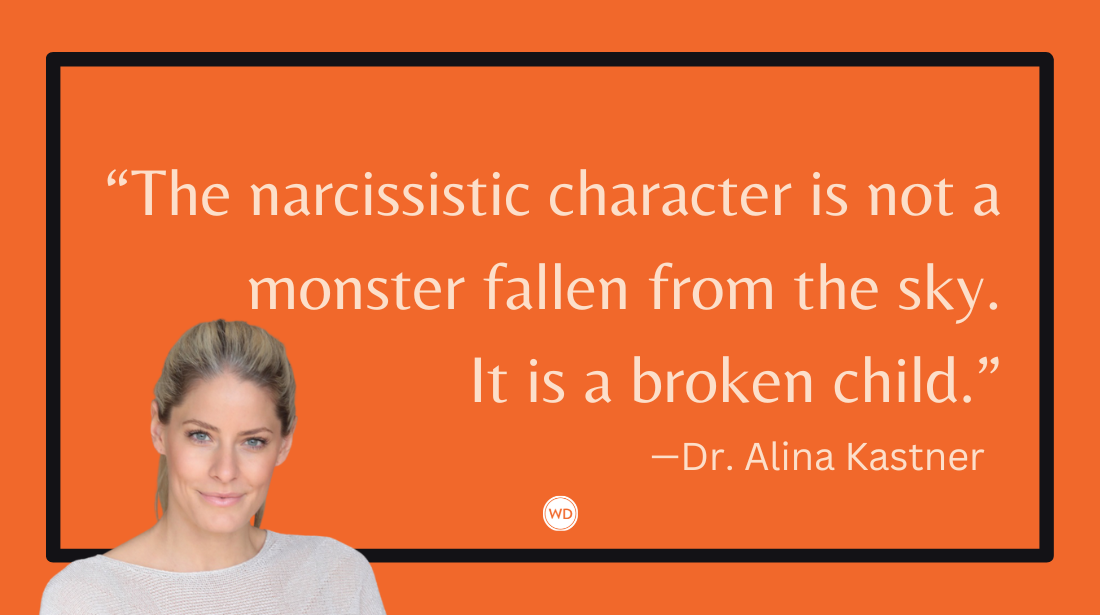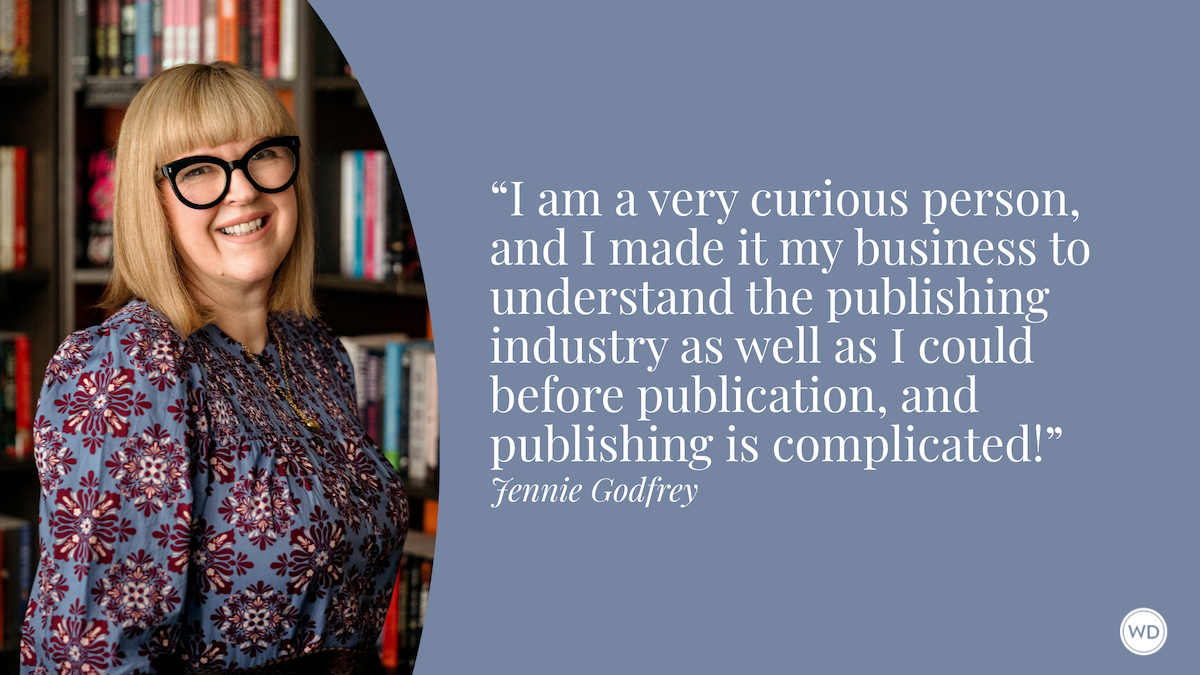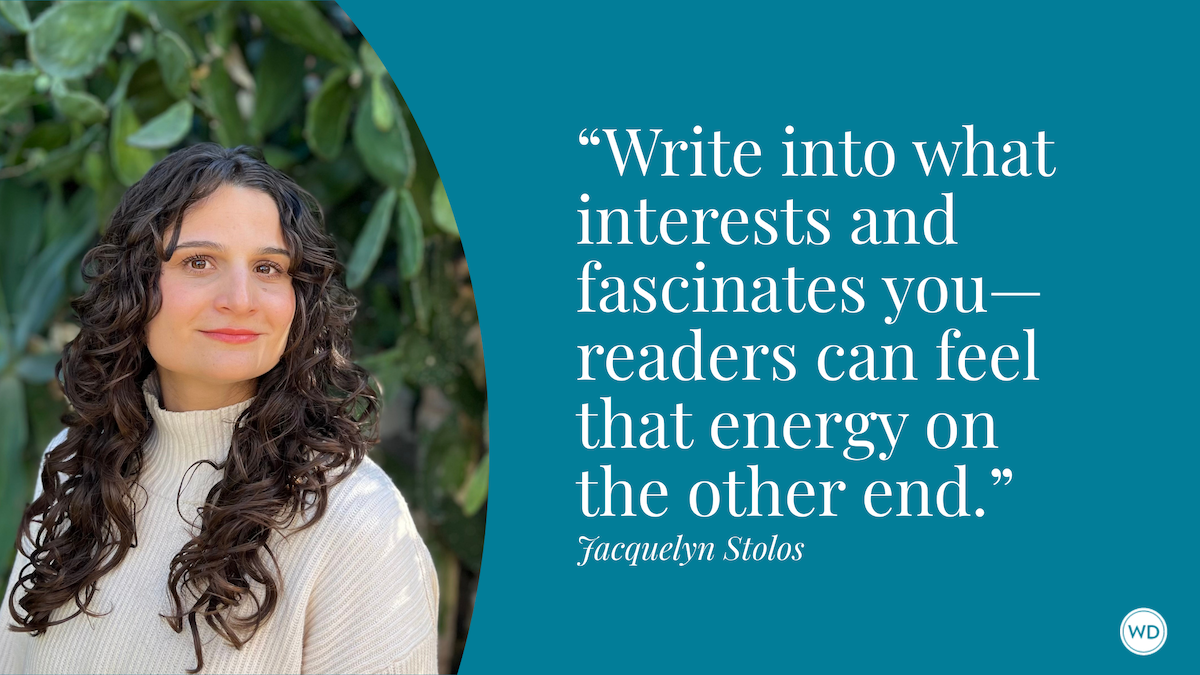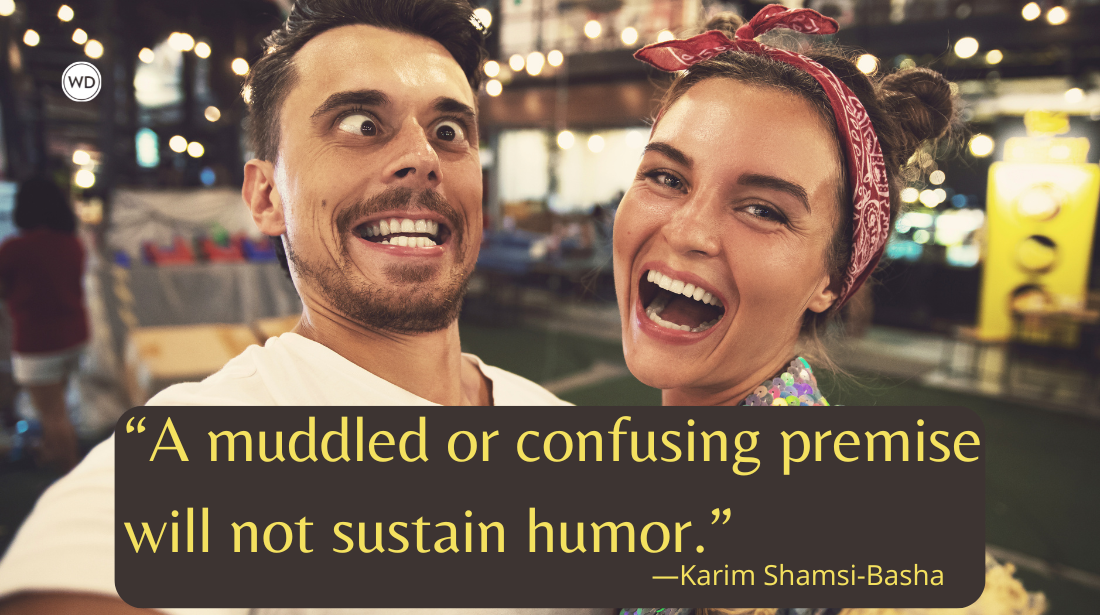Crafting Authentic War Reporting in Historical Fiction
Bestselling author Erika Robuck discusses the importance of crafting authentic war reporting in historical fiction.
In November of 2017, I watched rag after bloodstained rag dropped in red, sloppy piles on the floor of a trauma ER. I had seen medical professionals of varying degrees try to stop the bleeding for hours, to no avail. The doctor finally said the words I’d been dreading.
“We can’t get your son’s neck to stop bleeding. I need to take him into surgery.”
I’ll spare you the spiritual death and rebirth in my mother’s heart that night for another time. Thankfully, my son survived what was an almost mortal ice hockey injury, from a skate blade to the throat. My husband and I remain more traumatized by the event than our son is. (He asked the EMT in the ambulance if he could play in the hockey game two days later, and before being wheeled off to surgery he asked us to take a picture.)
As I emerged from the haze of panic, in my writer-mind—the cold, strange, detached place that exists in all of us who put pen to paper—I realized one good that would come from the experience was that it would help me bring emotion and insight into my war scenes.
Everything is copy, as they say.
*
My Pop Pop was my hero. He grew up in Queens, NY, the youngest of six children, who watched their father’s lifeless body taken out of their tenement after he had committed suicide by taping the doorframe of the bathroom and opening a gas valve. He was a Great War veteran, consumed the Great Depression and what we now know was post-traumatic stress. My Pop Pop’s brother Harry was in the Navy during WWII and also committed suicide years later. With the carnage around my grandfather, he knew he would either end up in jail or he could enlist in the military. He chose the latter and built a good life for his wife and five kids.
My grandfather was too young for WWII and just missed Korea, so pictures of my Pop Pop’s time in service are of him doing feats of strength and drinking with his sailor buddies, skiing in the Alps, and horsing around on the high seas. He loved travel, war stories, and adventure, and he passed this along to me, his first grandchild. He and I would spend hours going through his photo albums, his extensive collection of National Geographic magazines, and watching VHS tapes of Victory at Sea, about the US Navy during WWII. It was in these times, through this relationship, that my love of soldiers and war stories began, and my concern for the human collateral of war—both during and after—were nourished. It has deeply informed the crafting of my war and intelligence historical fiction.
*
My father-in-law is a gentleman—quiet, kind, and unassuming, and is the kind of man who will do anything you ask of him. He was in the US Army and is a veteran of the Vietnam War. For many years, he did not speak about his experiences there. More recently, he has opened up with a story here and an anecdote there. When I told him the woman about whom I was writing ended up reporting on the earliest days of the conflict in Vietnam, he brought me a gift. He presented me with his old Army canteen. It and other artifacts sat on my desk during the writing of The Last Assignment. They feed scenes in potent ways by giving me a tangible connection to the past.
Over the years, I have interviewed countless soldiers of varying ages, stages, and branches of the military. I have read their books and watched their interviews. Some of the best windows into war I have, however, have been through combat correspondents, and I most identify with those seeking to record and remember.
For me, photography and videos are a way of preserving and remembering, but also a buffer. I was the class historian, I’m my family’s historian, and I have written historical fiction for over a decade. Whether researching or living, the camera feels like a filter or veil to capture what I want to remember, and to make separation between myself and what I want to forget. I most identify with this aspect of my protagonist, Dickey Chapelle, and her life.
*
Photography and videography matter. Pictures can change minds and hearts. Sometimes, one has to go into bloodstained battle to bring it more closely to the eyes, hearts, and minds of viewers. Sometimes life brings the battle to you.
On my phone, I have a picture of my son’s injury—most certainly something I want to forget. But what happened with my faith and my family that night was profound, and I wouldn’t wish away the experience. With my son’s permission, the photograph was shared with kids all through the local hockey clubs and beyond and started a movement of kids wearing neck guards.
Dickey’s photos of a soldier at death’s door and then back to life the next day, after a transfusion, were used by the Red Cross for decades to get people to donate blood. Being a witness means being a part of collective humanity, and can inspire action, for better or worse.
Dickey’s hope was that reporting in real time, embedded in conflict, would raise awareness and help bring an end to war. She wanted to show the American people what war looked like from the ground, and her photographs did everything from aiding military intelligence to drawing forth donations for war refugees and orphans.
It is my hope that by telling Dickey’s story, through her lens of war, not only will I honor her life, mission, and courage, but that love and compassion for one’s fellow man will grow and that world peace might be possible. It’s also a prayer for the brave soldiers who have fought for freedom, and for their memories, even when they were too painful for them to bear.
Check out Erika Robuck's The Last Assignment here:
(WD uses affiliate links)



